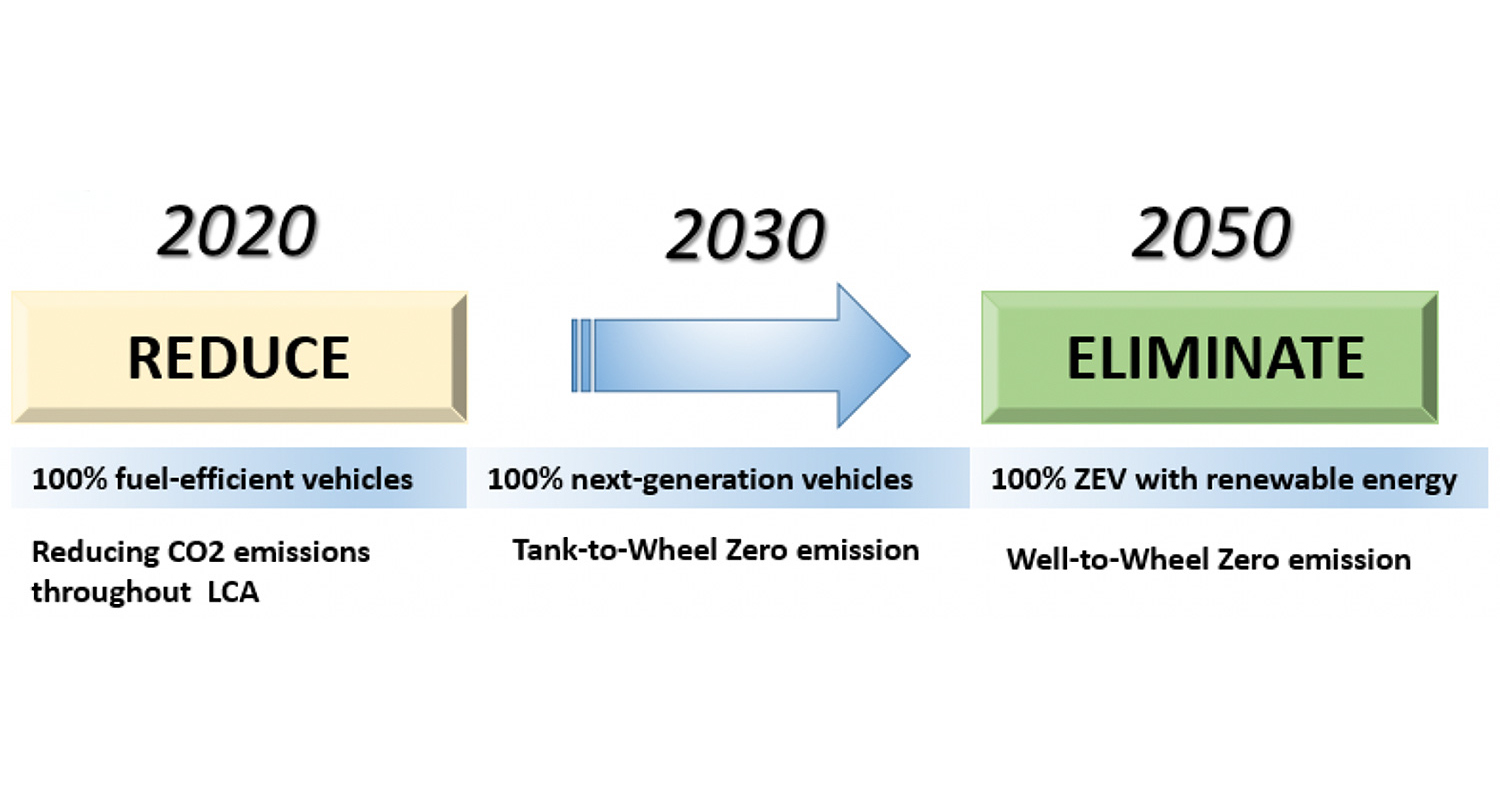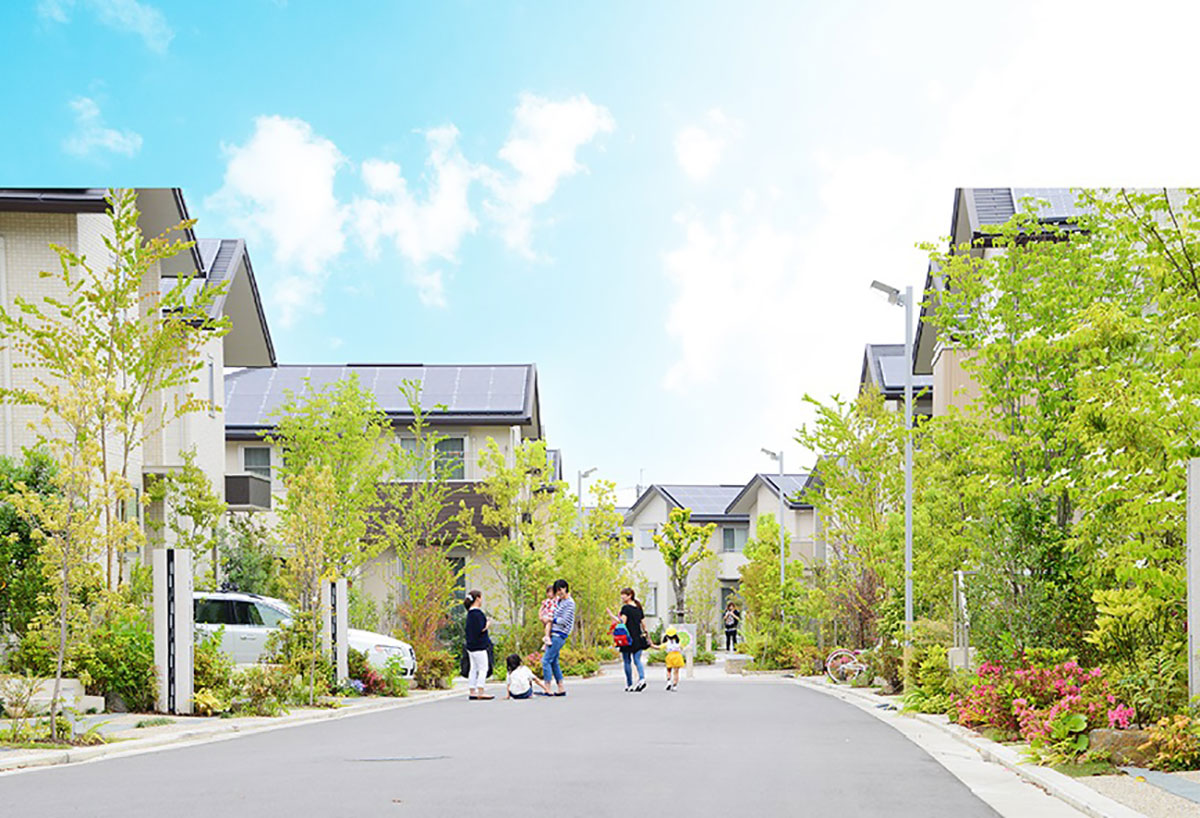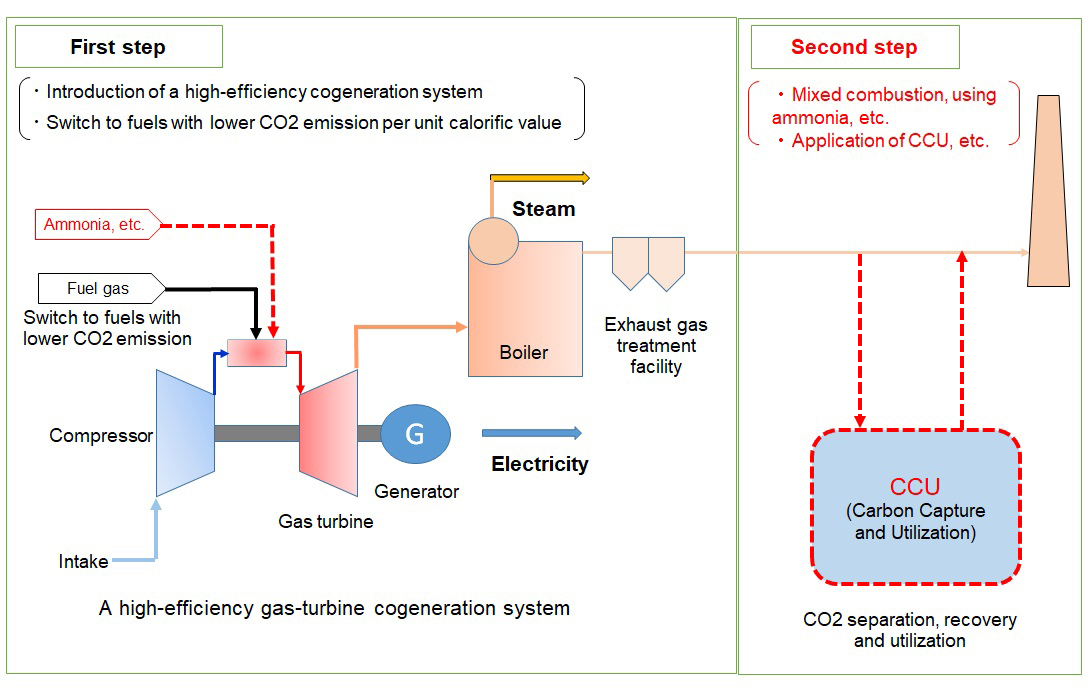Promoting low-carbon production through the widespread use of vacuum Carburizing furnaces
Daido Steel Co., Ltd.
Outline
Carburizing treatment is a typical surface-hardening process for gear components used in automotive and industrial equipment. Gas carburizing furnace have been widely applied, but it has many heat-loss and CO₂ emissions issues because of a large amount of atmosphere gas input and exhaust gas detoxification combustion. In contrast, the vacuum Carburizing furnace (trade name: ModulTherm®), which we are currently selling, can achieves significant energy savings due to high-efficiency carburizing treatment by injecting appropriate quantity acetylene gas in a timely manner at a reduced pressure, and reduced standby energy. As a consequence, we have successfully reduced CO₂ emissions approximately 47% compared to the existing gas carburizing furnace at the user. We aim to further reduce carbon emissions in carburizing treatment of gear components for automotive and industrial equipment by promoting and expanding sales of ModulTherm® with superior energy-saving performance.
Description
Carburizing treatment is an industrially popular surface-hardening treatment process. This is a method for giving the required strength to the gear surface by increasing the surface carbon concentration and quenching after machining the steel material to the shape of gears. Carburizing treatment is divided into gas carburizing which has been carried out for a long time and vacuum Carburizing which has been popularized in recent years.
Gas carburizing is introducing atmosphere gas mainly composed of H2, CO, N2 into a furnace at a high temperature (about 900-1000 ℃). Large amount of atmosphere gas is required at all times in order to maintain the furnace at positive pressure, and exhaust gas is required to be detoxified by combustion with a burner. Vacuum carburizing, on the other hand, is introducing a small amount of acetylene gas into the furnace under reduced pressure (about 1/100 atm). Therefore, the amount of gas introducing in furnace is very small. And it can exhaust diluting with purging N2 gas and combustion is no needed. So vacuum carburizing is an excellent heat treatment method in terms of environmental and safety. However, the cost of introducing the equipment is generally higher in vacuum Carburizing where heat treatment is carried out in a highly airtight vacuum vessel, which is a hindrance to the popularization of the equipment. Therefore, the total life cycle cost including the running cost is a key point.
We developed and launched a vacuum Carburizing furnace (trade name: ModulTherm®) by combining our original steel material technology and vacuum heat treatment technology with the basic technology introduced by ALD GmbH in Germany. We delivered this furnace to customers for the first time in 2009. We have sold a total of 112 rooms in Treatment chamber by 12 companies. Below is an overview of the benefits of ModulTherm® adoption.
1) High-efficiency Carburizing through timely and appropriate quantity control
We were the first in the world to elucidate the mechanisms of carbon penetration in steel under reduced pressure, and we were able to calculate theoretical acetylene gas introduction by thermodynamic calculations. As a consequence, timely and appropriate quantity control allowed us minimal acetylene gas to obtain targeted carburizing qualities. So the reaction yields of carbon were about 60% and greatly improved compared to gas carburizing (1% to several%).
2) Reduction of energy loss due to weekend shutdowns
Gas carburizing furnace cannot be shut down every weekend, because it takes about a day to stabilize the furnace atmosphere, called seasoning. So the introduction of atmosphere gas and keeping the furnace temperature high must be continued even during the production shutdown period. Since ModulTherm® is a vacuum furnace with guaranteed sealability, the time required for startup is very short, about 1 hour, and the operation pattern of shutting down furnace on the weekend and starting up the facility at the beginning of the week can be easily implemented. That is to say, the standby energy (CO₂ generation) during the production shutdown period is reduced, and monitor personnel (personnel cost) during that period is no longer required.
3) Reduction of wasteful energy consumption through flexible combination and intermittent operation of processing chambers
ModulTherm® can optionally combine the processing chambers according to the capacity requirement, and also enables intermittent operation in which only the selected processing chambers are operated when the production volume fluctuates (at the time of production reduction). Thereby ModulTherm® can reduce the wasteful energy compared with the tunneling-type continuous furnace.
4) High-temperature carburizing for shorter treatment times
Since ModulTherm® can also be used for high temperature carburizing of 1000℃ or higher, carburizing times for some steel material can be drastically reduced, and can reduce energy and CO₂ emission by time reduction.
Stacked by these various benefits, we demonstrated that CO₂ generated per work weight was reduced approximately 47% at ModulTherm® user compared to existing gas carburizing furnace. The estimated CO₂ savings for all users are approximately 21,000 tons per year. The diffusion rate of vacuum carburizing furnaces in our country is about 10% (our estimate), and there is still much room for reducing CO₂ by introducing ModulTherm® As mentioned above, the cost of introducing equipment is still high, and many customers are still cautious about introducing the equipment. However, in addition to pursuing further reductions in equipment costs, MHI intends to promote the use of this technology by presenting attractive total life cycle costs that incorporate the low running costs that can be obtained from the effects described above. We, a manufacturer of Carburizing steel, have also been highly regarded in developing special-purpose steels that can take full advantage of the strength of vacuum Carburizing, such as high-temperature Carburizing steels, and will promote the spread of ModulTherm ® by approaching a combination of vacuum Carburizing steel and vacuum Carburizing ovens, which is unparalleled by other companies. Then, we will declare our grand challenge to continue contributing to expand ModulTherm®'s CO₂ savings whole of the automotive industry and to the realization of a low-carbon society in the future.
Supplementary information
https://www.daido.co.jp/products/machinery/mtf/index.html
http://www.jmf.or.jp/japanese/commendations/energy/pdf/h22/22_03.pdf
ModulTherm® is registered trademark of ALD Vacuum Technologies GmbH.
Other Innovation Challenges
Enhancement of electric arc furnace with body rotation for energy saving in steelmaking industry
Daido Steel Co., Ltd.
Similar Innovation Challenges
Achieve 2050 decarbonization target with Net Zero Energy House!
Sekisui House, Ltd.
Achieving net-zero emissions by promoting renewable energy use through both our monozukuri and products.
DAIWA HOUSE INDUSTRY CO., LTD.






